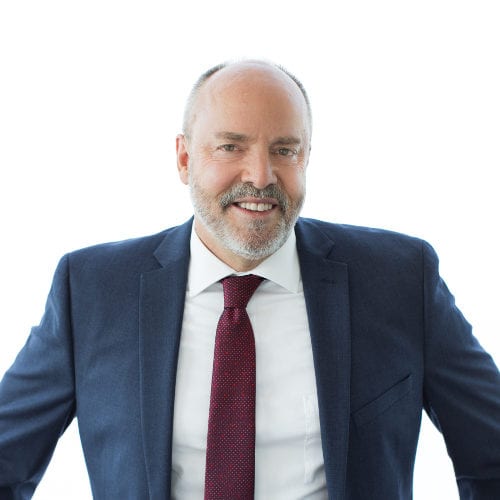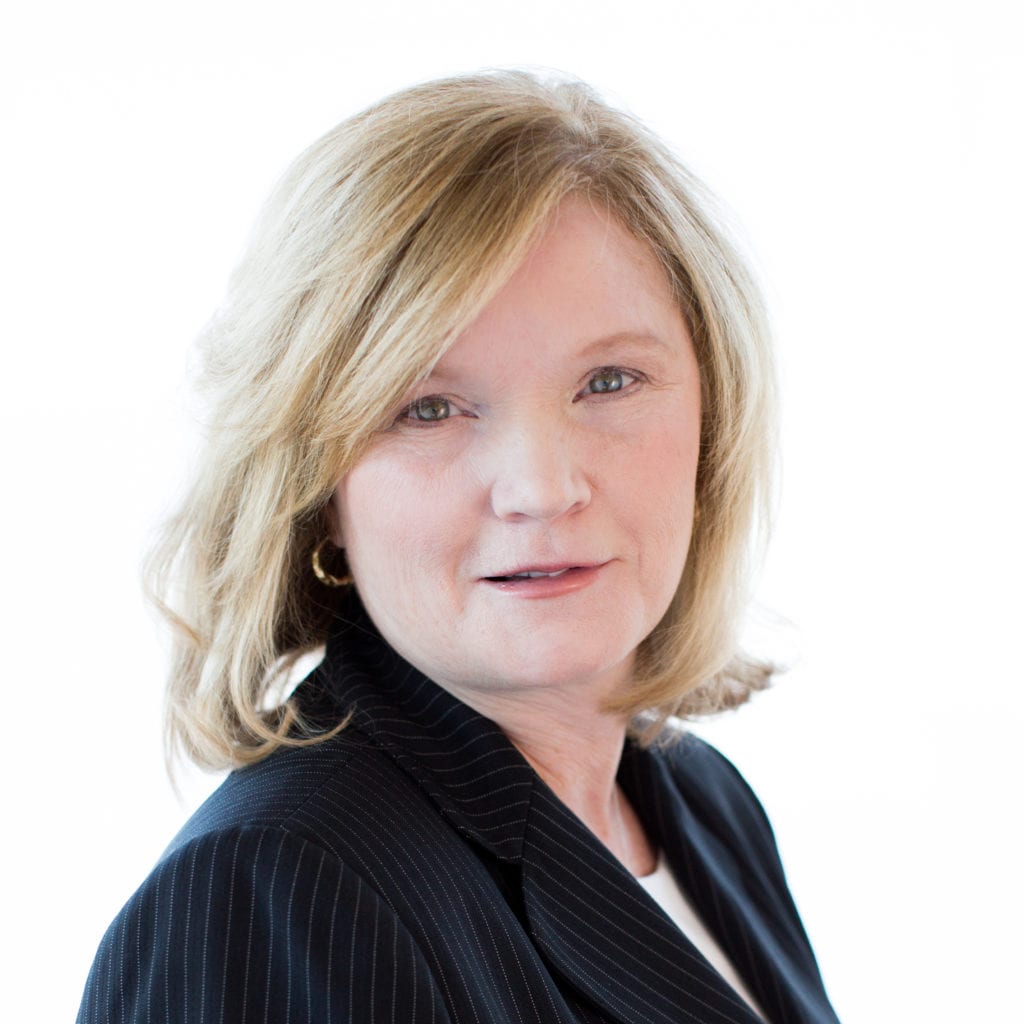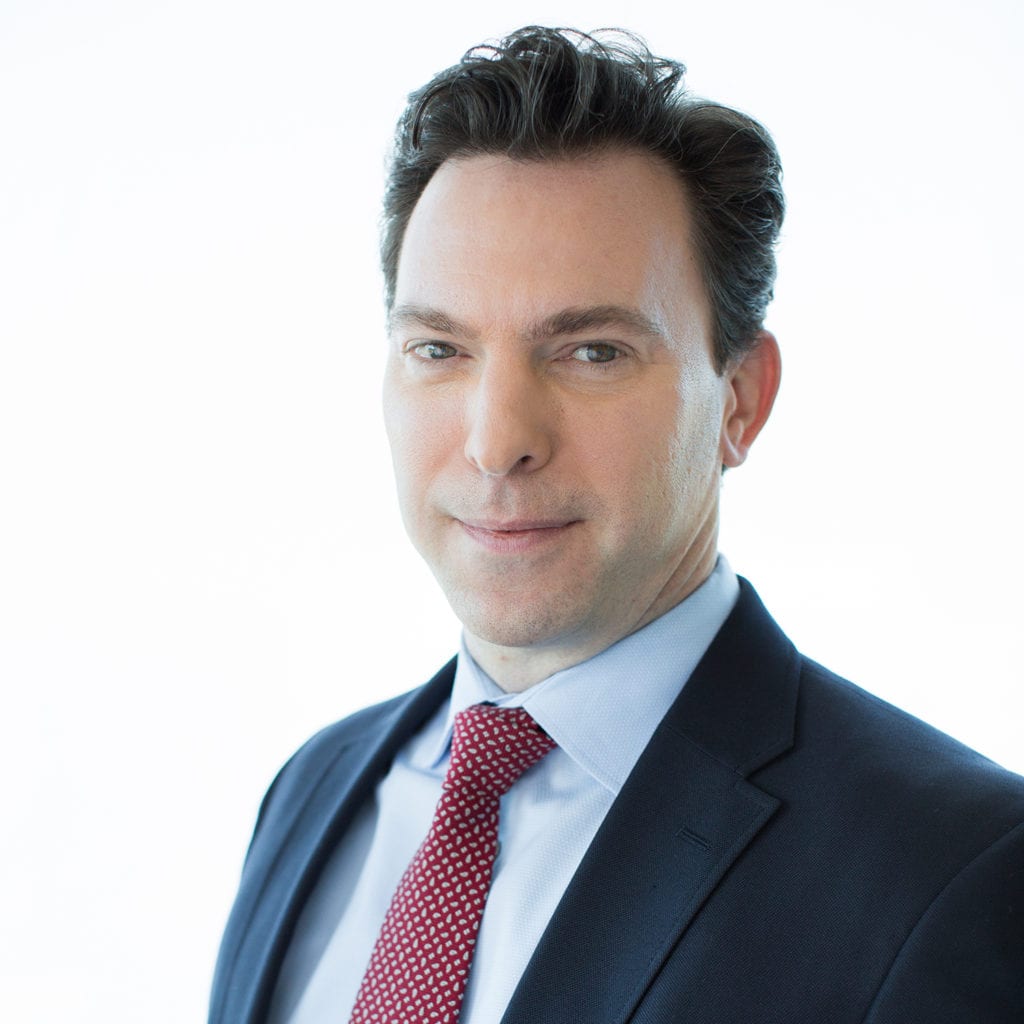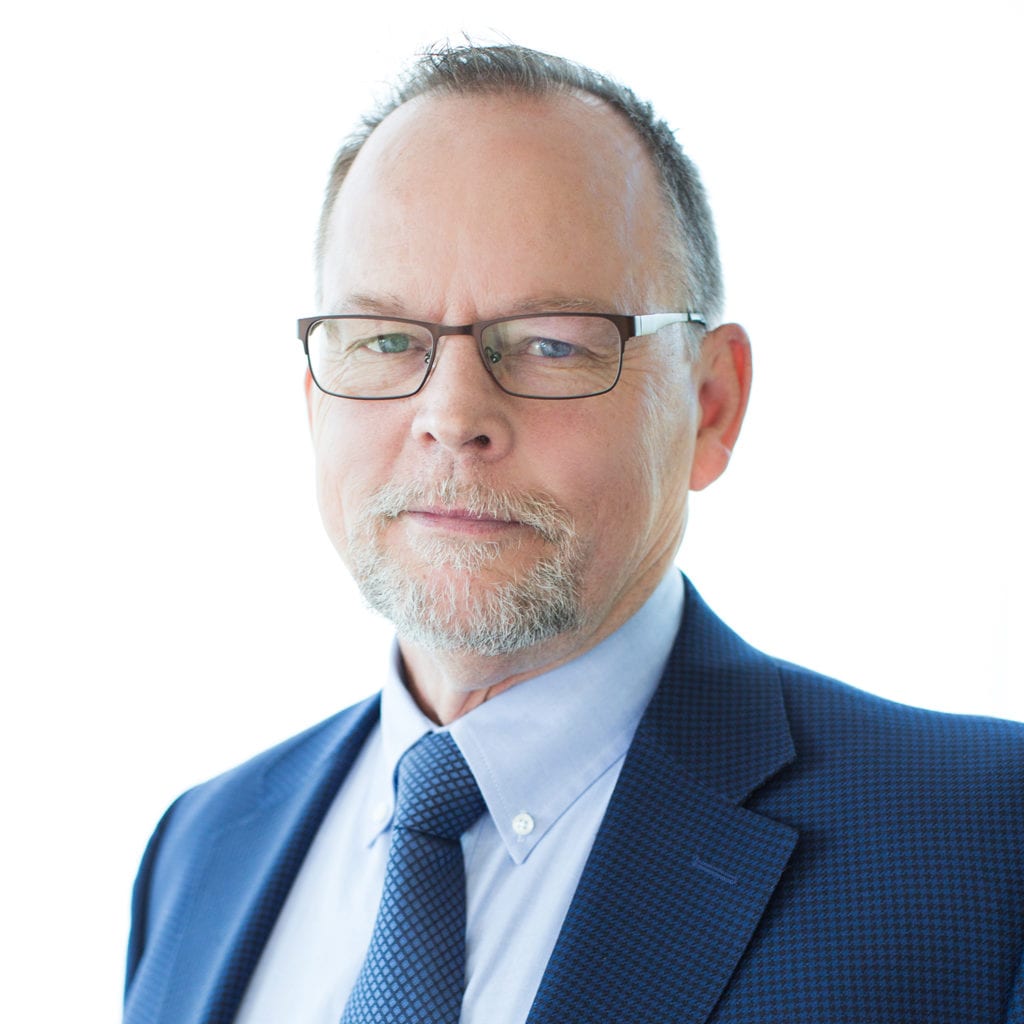
Share this Article
In crisis, maintaining a culture of safety in your practice
You have undoubtedly heard this phrase before, probably too many times: “Secure your own oxygen mask before assisting others.”
The phrase — now unfortunately a cliche — comes from the instructions that airline personnel deliver to passengers in a crisis. The message is direct and to the point. Unless your own self-preservation system is in place, you can’t help those around you.
A short airplane ride or even a typical business stressor is one thing, but when something like the COVID-19 pandemic places long-term mental health pressures on you and your staff, how do you protect and maintain a culture of safety in your practice?
We know now, after many months of pandemic restrictions on school, work and social gatherings, which have changed our day-to-day lives both personally and professionally that mental health stressors and risk factors are heightened among your patients and our colleagues. While the situation does seem to be headed to a gradual resolution — the caution that public health experts warned of months ago is well worth keeping in front of mind —particularly as we see additional waves of infection causing trouble around the globe.
With our current outlook, how can you and your fellow clinicians continue to manage risk?
Trauma, stress, and burnout will create or perpetuate existing malpractice risks, experts fear. How can you and your fellow clinicians continue to manage risk by ensuring a culture of safety during this unprecedented time?
A culture of safety exists when “every member of the health care team feels safe in voicing opinions and concerns regarding a patient’s plan of care and in which the fear commonly associated with reporting errors or disagreeing with those in positions of authority is eliminated,” according to this Coverys article on burnout from June 2020.
Pulling together as a team and protecting each other’s safety ultimately results in a stronger practice, resisting the divisive and corrosive forces of stress, fatigue, and anxiety placed on medical professionals in a crisis.
The piece goes on to list some goals of such a culture, such as:
- Safe and supportive environments that promote accountability and avoid blame
- Staff empowered to speak up when concerns are noted
- Accountable leaders
- Open lines of communication interdepartmentally and between leadership and staff
Why so much emphasis on communication? Because it is clear to health leaders, including the World Health Organization, that poor mental health in the workplace is likely to lead to patient safety events such as quality of care issues, slips and lapses, decreased advocacy errors, harm and even “sentinel events.”
In turn, poor patient outcomes — even from a single practice — can trigger staff turnover, increased across-the-board liability, accreditation issues, and litigation within an institution.
Clearly, securing our own oxygen masks, as the overused metaphor would suggest, is among the most crucial acts we can take. Creating structures to support workplace health, openness and trust for yourself and your colleagues will almost certainly result in higher quality care for your team’s patients.
This might be the time to secure a wellness program for your practice, if there is not one in place already. Other ways to improve communication and increase morale during stressful times for health care workers include opening the lines of communication between coworkers, supervisors, and employees about job stress, regularly talking openly about how the pandemic is affecting work, together identifying factors that cause stress, and working together to identify solutions, according to the CDC’s online resource, Mental Health and Coping During the COVID-19 Pandemic.
The guide also recommends health care workers increase their sense of control by keeping a consistent daily routine when possible, making time to eat healthy meals and take breaks during shifts so there is space to rest, stretch, or check in with supportive colleagues, coworkers, friends, and family.
But the most striking guideline may be the following: “Recognize that you are performing a crucial role in fighting this pandemic and that you are doing the best you can with the resources available.”
That is a good reminder that physicians, like pilots, train for long years to earn the privilege of safeguarding the lives of others. Like those pilots, physicians must ensure their oxygen masks are secure and operating properly for the remainder of this bumpy journey.
Helpful Resources:
NEJM Continuing Medical Education on Physician Wellness
Physicians Insurance President Thomas J. Bryant, ARM, is a licensed property, casualty, life, accident, and health broker in all six New England states and was an adjunct clinical assistant professor in the School of Health Sciences at Bryant University during the period from 2016 through 2018. Most recently Tom developed a video presentation on malpractice basics for Harvard Medical School fourth-year students, and he has participated in NEJM Resident 360 virtual panels on topics related to financial matters important to early-career physicians.
Is it time to examine your current policy? What you don’t know can hurt you. For more information on how Physicians Insurance can support your practice and help you mitigate risk, call 800.522.7426.
posted October 22, 2020, revised May 4 2021





